Queen Elizabeth II's fortune, and what happens to it now
The royal riches
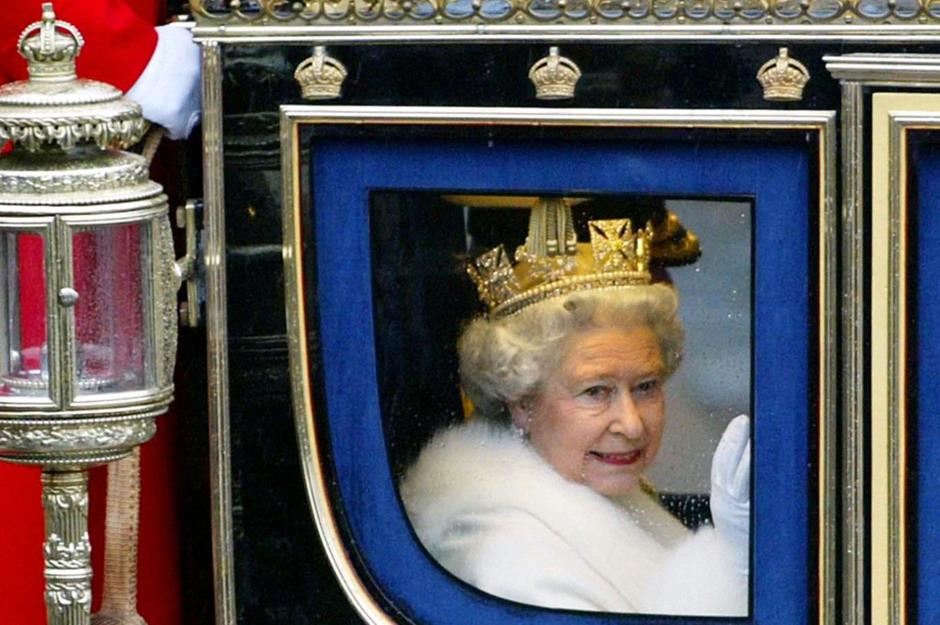
With opulent palaces, priceless artworks, and the glittering Crown Jewels all at her fingertips, Queen Elizabeth II was clearly worth a fortune. But exactly how rich was she?
Read on to discover where her money came from, how much UK property was under her control, what the experts believe is in the royal bank account, and what will happen to her fortune now that she has passed away. All dollar amounts in US dollars.
The Sovereign Grant
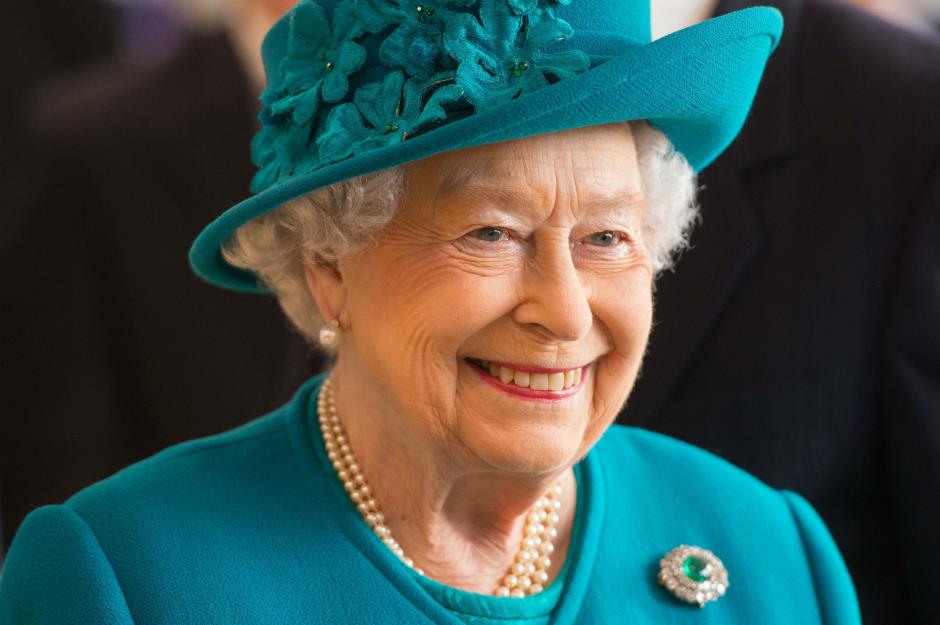
The bulk of the Queen's income came from the Sovereign Grant, which came into effect on April 2012, replacing the previous Civil List funding.
The size of the Sovereign Grant varies each year, and is based on the size of the profits of the Crown Estate in the financial year two years before the current financial year. This means that the Sovereign Grant for 2022/23, which is £86.3 million ($99.8m), has been calculated using the Crown Estate's profits from 2020/21.
The Crown Estate
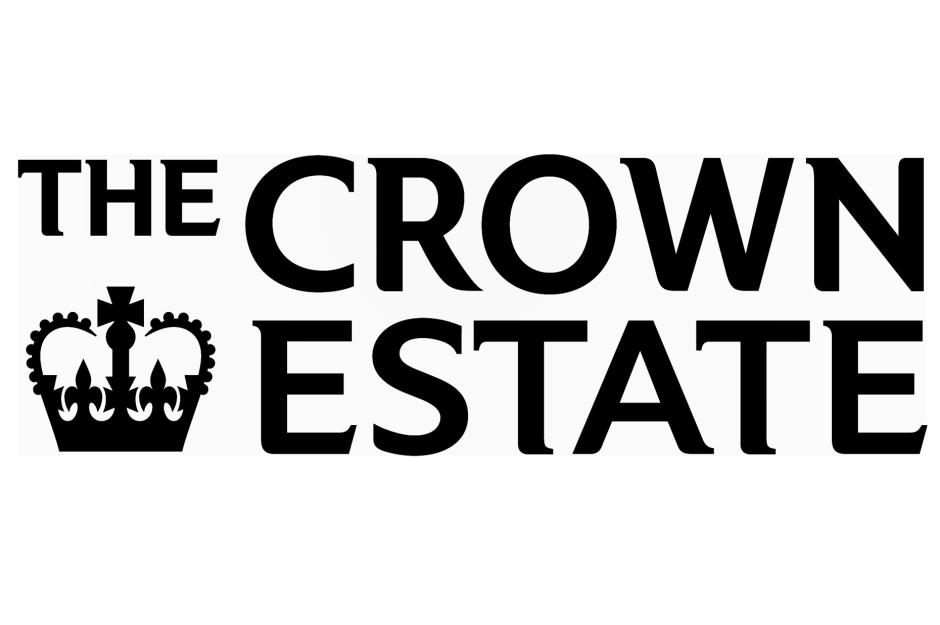
The Crown Estate is a bulging portfolio of royal property and land around the UK. Its website describes it as an "independent commercial business, created by Act of Parliament".
The Crown Estate belongs to the monarch as a "corporation sole" but wasn't part of Her Majesty's private estate. Overseen by independent Crown Estate Commissioners, Queen Elizabeth actually had very little say in its day-to-day running.
Ancient holdings
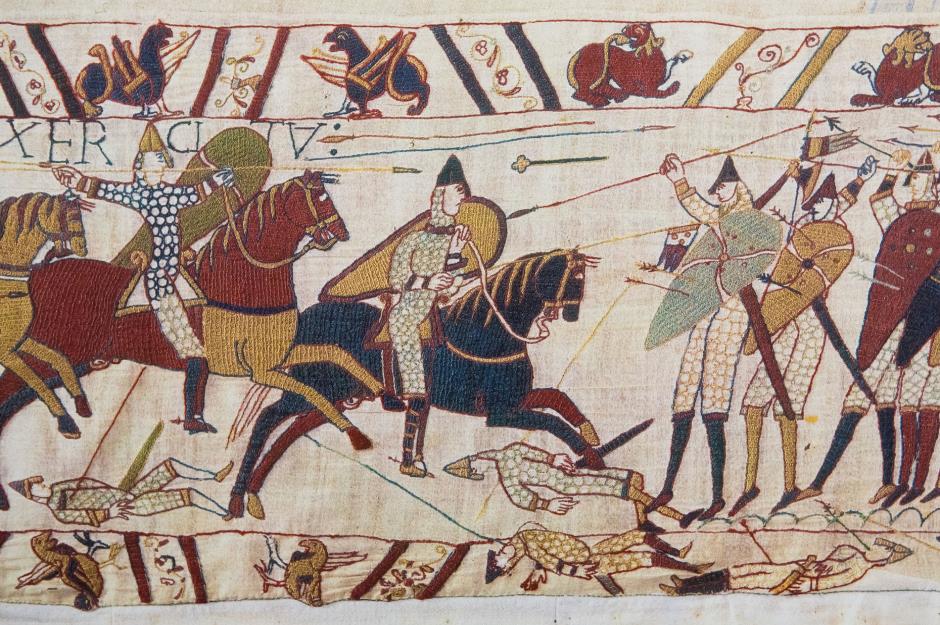
While the Crown Estate technically dates back to the Norman conquest of the 11th century, the formal organisation was founded in 1760 when King George III took the throne.
The Estate is now one of the largest property owners in the UK, if not the world, with a total property value of £16.5 billion ($19.1bn).
UK-wide portfolio
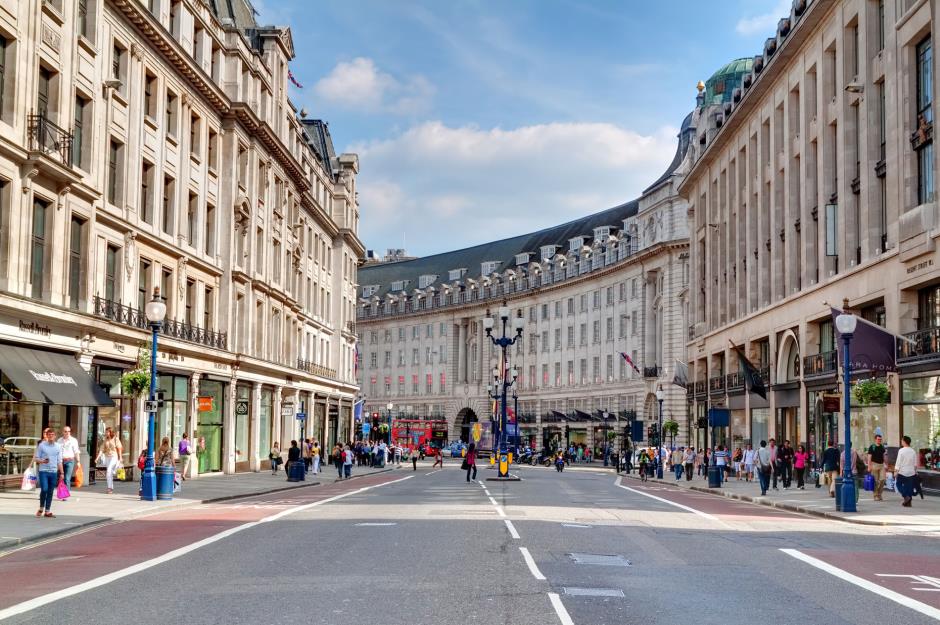
As well as swathes of land and thousands of properties across England, Scotland, Wales, and Northern Ireland, almost all of London's iconic Regent Street belongs to the Crown Estate.
These freehold measures 1.25 miles long and encompasses Piccadilly Circus and Oxford Street, which are both top shopping destinations. The Crown Estate also owns half of the St James district and invested £500 million ($578.9m) in regenerating the area.
With central London property prices currently at a premium, it's little wonder that the portfolio is worth so much.
Controversial deals
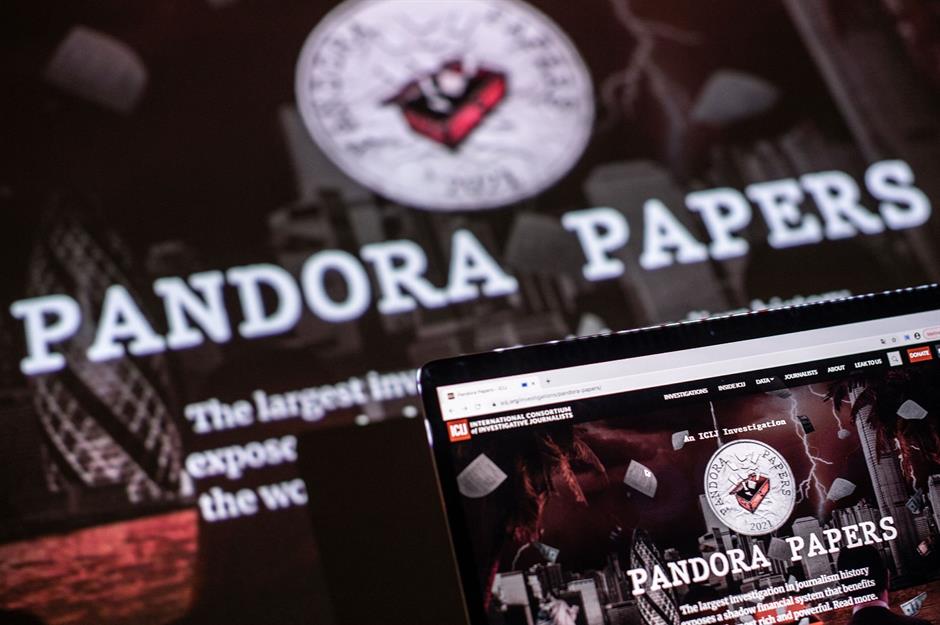
But these purchases haven't been free from controversy. In 2021, the Pandora Papers – a series of leaked documents that have revealed the secret financial dealings of the world's wealthiest people – claimed that the Crown Estate bought a £66.5 million ($77m) property in London back in 2018.
According to the leak, the property was purchased from Ilham Aliyev, the disgraced Azerbaijani President who has been accused of human rights abuses.
Standout holdings
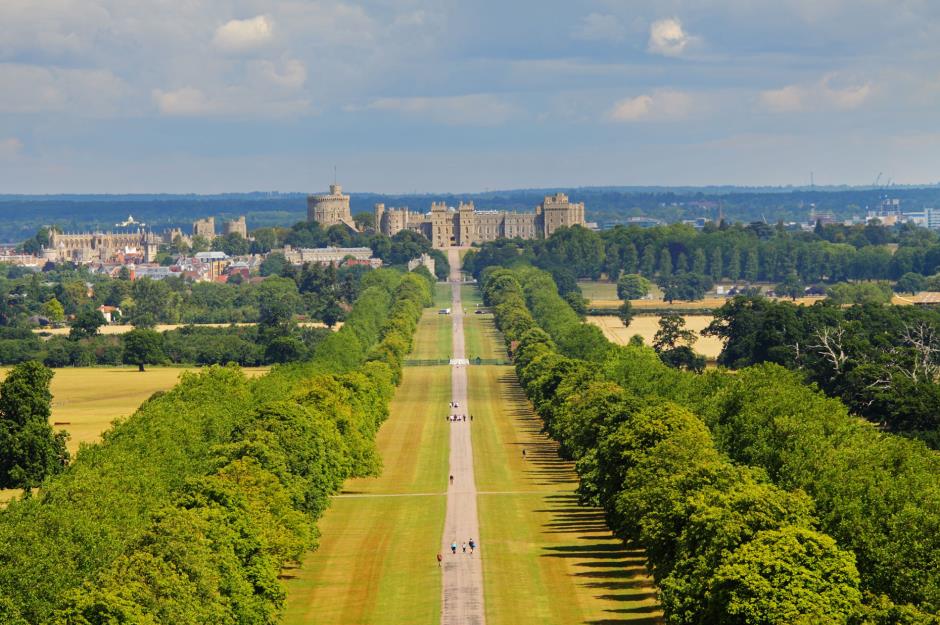
Outside of London, noteworthy holdings include Windsor Great Park and Royal Ascot horse racing course, both in Berkshire.
The Crown Estate also owns around over 106,000 hectares of farmland and 11,000 hectares of forest, as well as almost all of the UK’s seabed up to 12 nautical miles offshore. These holdings generate revenue through a variety of means.
Fishing fees
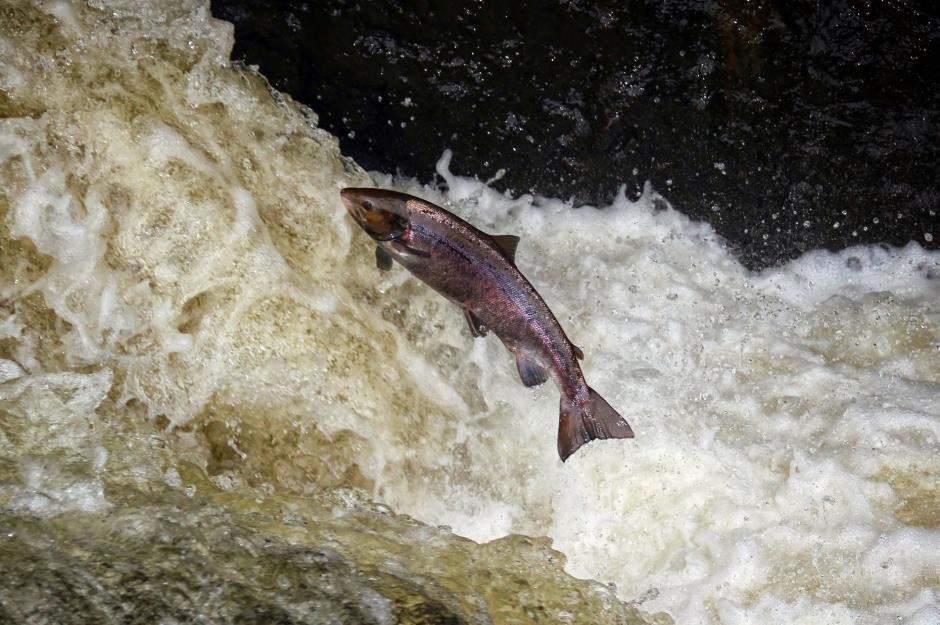
The Crown Estate holds the legal rights to salmon fishing on many Scottish rivers, as well as the harvesting of wild mussels and oysters in Scotland. The Crown Estate Scotland receives an annual rent based on the quantity of fish that is caught each year, currently £27.50 ($31.85) per tonne of sellable fish. In 2018, it received over £1 million ($1.2m) from the organisation Scottish Sea Farms.
However, Salmon Scotland is now calling for an overhaul of the current system so that the money sent to Crown Estate Scotland by salmon farmers is instead invested in coastal communities, as rising house prices are forcing people out of highland and island areas.
Crown Estate Scotland responded: "The seabed is a shared, public space and, like many multi-national businesses, salmon farmers pay to use it for their commercial purposes. Crown Estate Scotland then passes profits to the Scottish Government and Ministers decide how that money is used. From 2017 to 2021, over £28m from Crown Estate Scotland was passed by Scottish Government to coastal local authorities to support COVID-19 recovery projects, economic regeneration and job creation, flood protection, environmental projects, and more."
Offices & retail
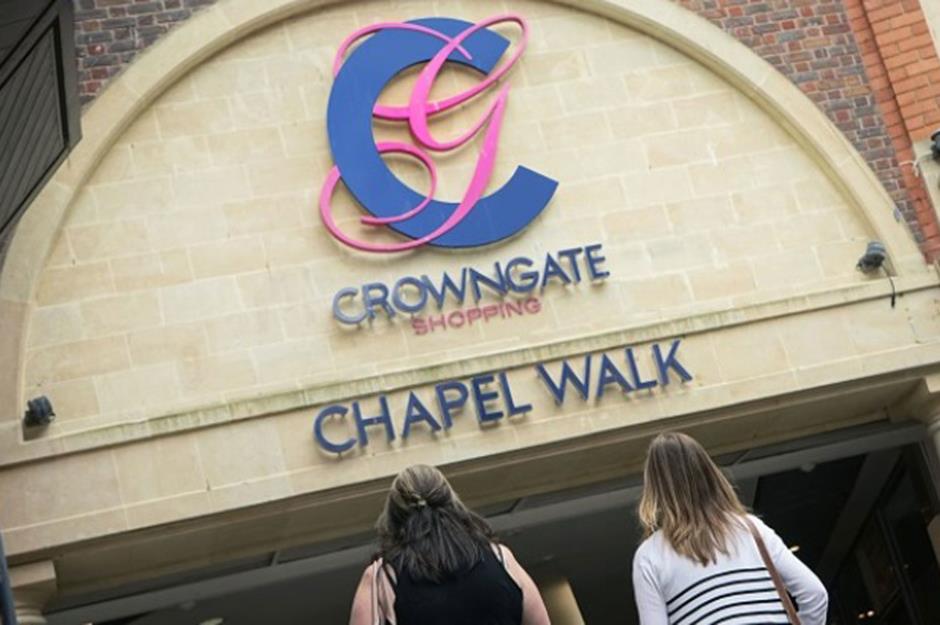
A large proportion of the Crown Estate's revenue comes from its huge portfolio of residential properties, office space and retail holdings, which include Worcester's Crowngate Shopping Centre and the Crown Point Shopping Park in Leeds.
According to its website, the Crown estate owns 13 retail parks, three shopping centres and one "leisure destination", making it one of the "largest owners of retail destinations in the UK".
Private estate
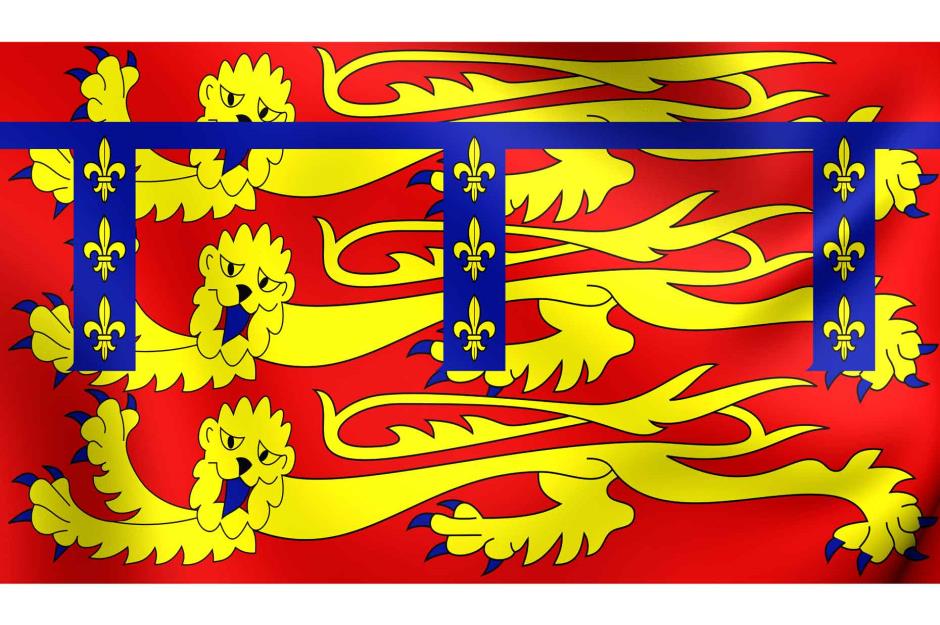
The Queen also received revenue from her own private estate which, unlike the Crown Estate, isn't a public entity. The Duchy of Lancaster was founded in 1351 and is a portfolio of land, property and other assets that belong directly to the Sovereign.
As she owned the Duchy of Lancaster privately, the Queen is entitled to all of its profits. It's under no legal obligation to pay income tax, capital gains tax or inheritance tax.
Duchy holdings
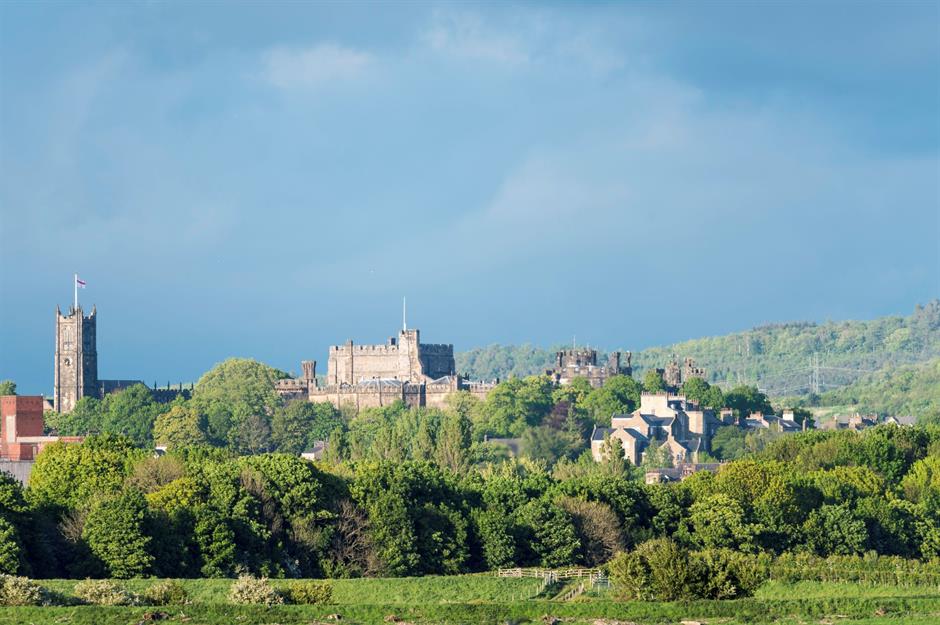
As part of its portfolio, the 18,433-hectare (71-square-mile) Duchy of Lancaster boasts the prestigious Savoy Estate in London. This encompasses the Strand and Embankment, as well as the iconic Savoy Hotel and Somerset House, the stunning arts centre.
It also owns the medieval Chichele College in Higham Ferrers, Northamptonshire, as well as the historic Lancaster Castle (pictured), which is widely believed to have been founded in the 11th century.
The Privy Purse
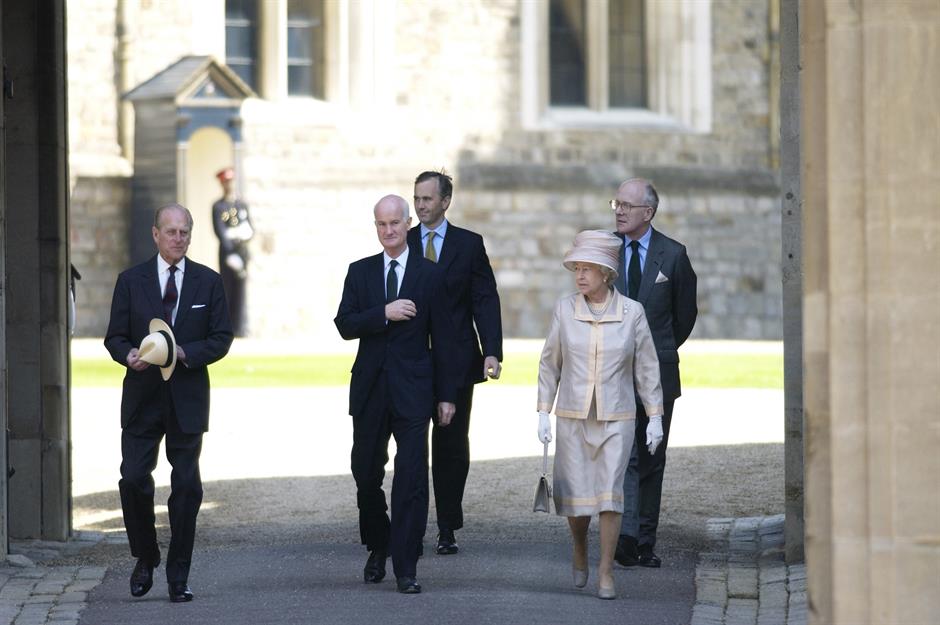
Because the Queen owned the Duchy of Lancaster privately, she was entitled to all of its profits. This money makes up the majority of what's known as the Privy Purse grant.
At the end of March 2022, the Duchy had net assets worth £652.8 million ($755.4m), which provided the Queen with an income of £24 million ($27.8m).
Private investments
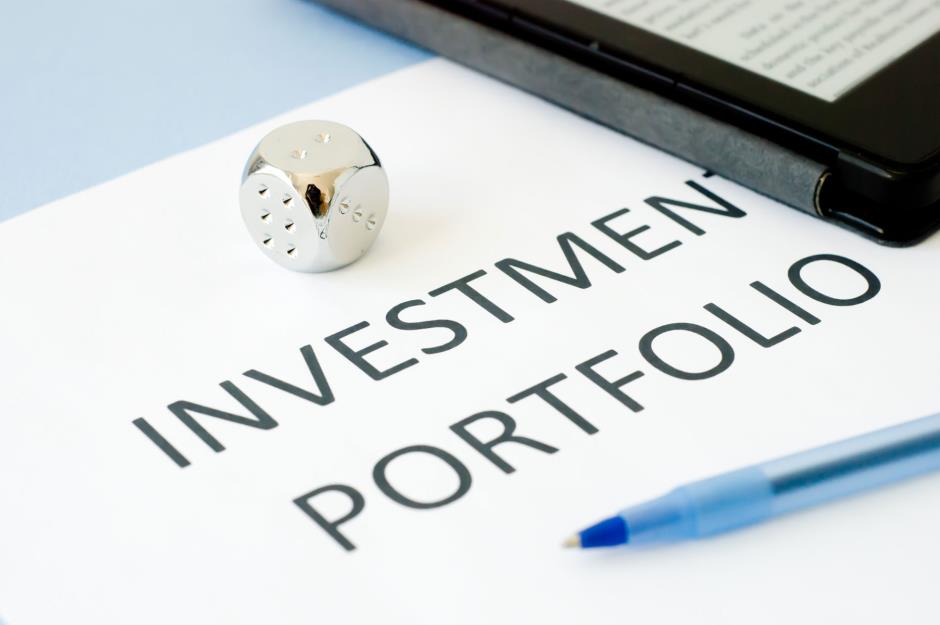
The Queen also had a private investment portfolio, the details of which are shrouded in secrecy. Analysts have suggested it could be worth hundreds of millions of pounds, but Buckingham Palace has denied these claims.
Private properties
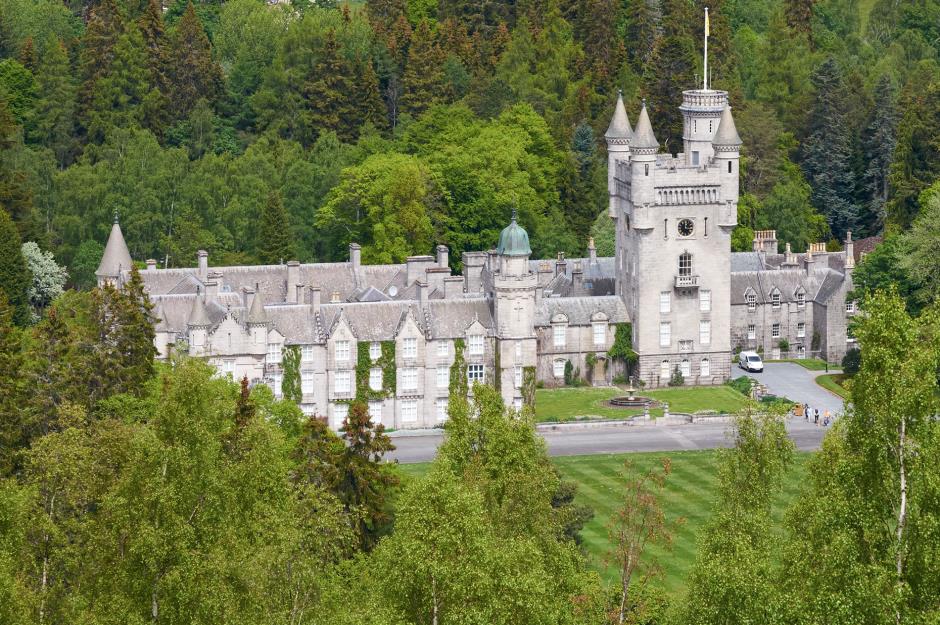
In addition to everything else she owned, the Queen also privately inherited the Sandringham and Balmoral estates from her father, King George VI, when he died in 1952.
Estimates have suggested that Sandringham House in Norfolk is worth around £50 million ($57.8m), while the Aberdeenshire-set Balmoral Castle (pictured) could be worth over £100 million ($115.7m).
The Sandringham stables
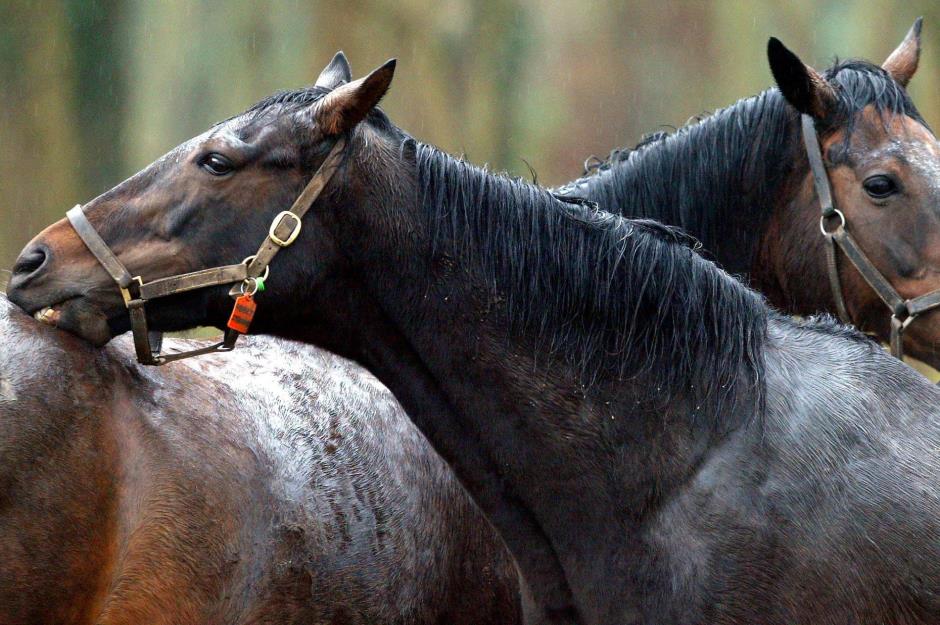
At Sandringham, the royal stables alone have been valued at £6.5 million ($7.5m) and generate a tidy additional income. The Queen was famously passionate about horses and horse racing, and had an interest in "bloodstock breeding" according to the Sandringham website.
The Royal stamp collection
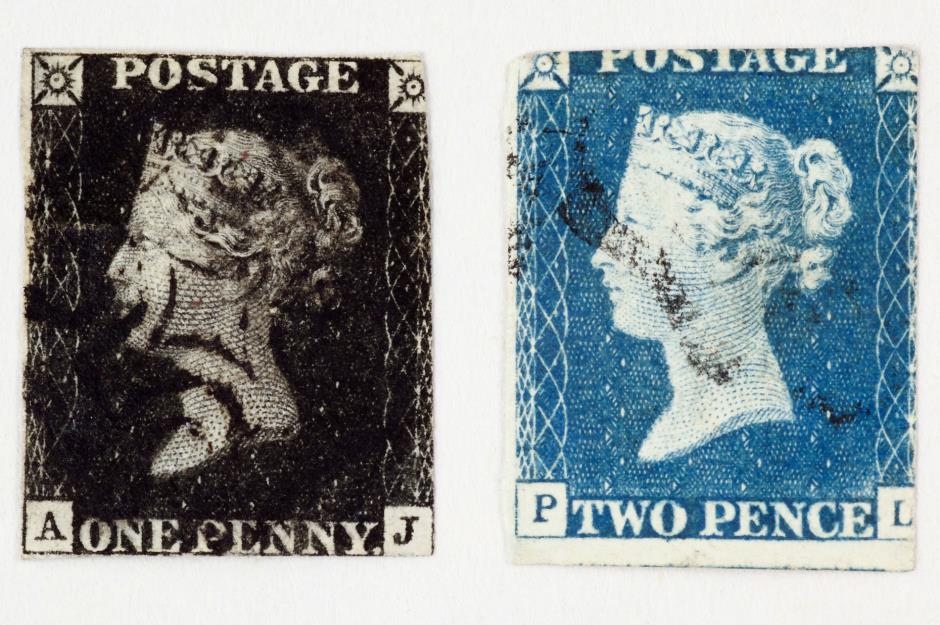
Elizabeth II also inherited the world-renowned Royal Philatelic Collection from her father.
Comprising 328 albums, the collection of postage stamps is kept in St James's Palace. Experts have valued it at around £100 million ($115.7m).
Her maternal inheritance
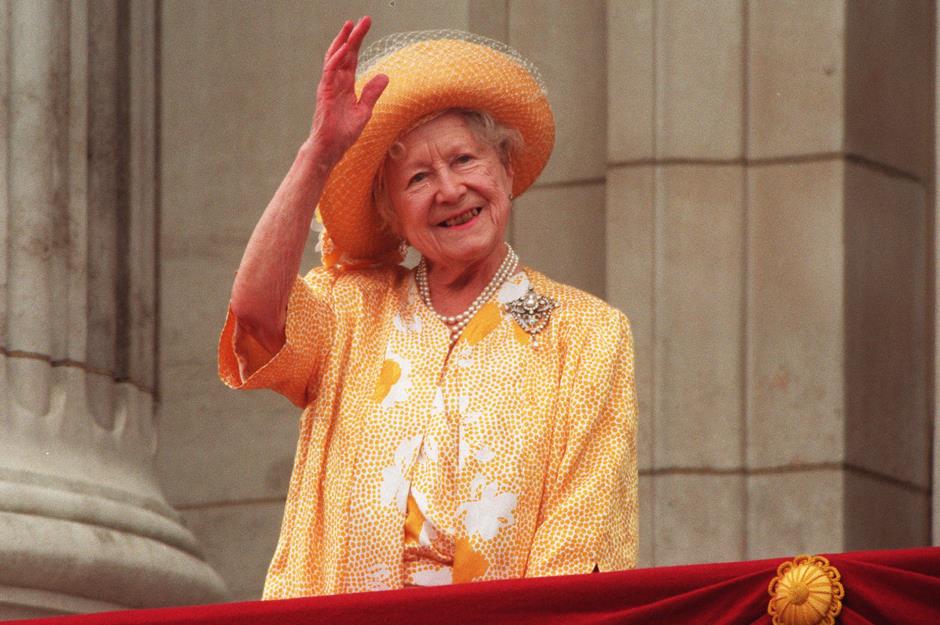
In addition to everything she received from her father, the late Queen Elizabeth also inherited substantial assets on the passing of her mother, Queen Elizabeth the Queen Mother, in 2002.
At the time, the inheritance was estimated to be worth £70 million, which is around £104.8 million ($121.2m) in today's money.
Royal palaces
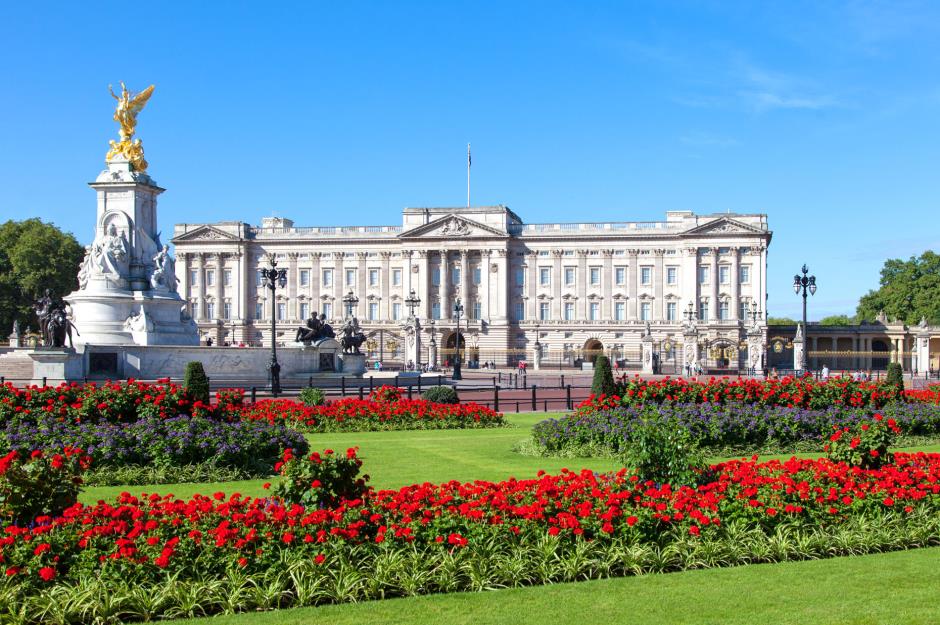
Queen Elizabeth II also held several properties in trust for future monarchs and the nation as a whole, which aren't part of the Crown Estate or Duchy of Lancaster.
Her Majesty's trust properties included her official London residence Buckingham Palace, as well as Windsor Castle, where she spent most of her private weekends.
The Royal Collection
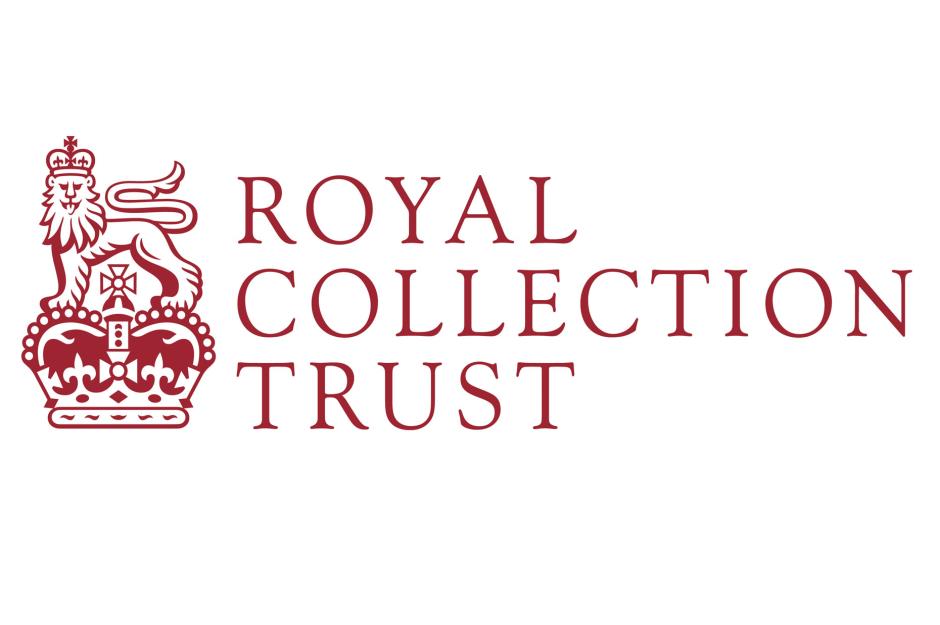
The Queen was also the custodian of the Royal Collection: one of the most extensive, important and valuable art collections in the world.
The Royal Collection comprises over 7,000 paintings, 450,000 photographs, and 30,000 drawings and watercolours. It features works by the likes of Canaletto, Vermeer, Rubens, Rembrandt and da Vinci, and is housed in locations including Hampton Court Palace, Windsor Castle and Kensington Palace.
The Crown Jewels

The world-famous Crown Jewels are also part of the Royal Collection. This sparkling collection consists of more than 140 ceremonial objects – including crowns, swords and sceptres – with over 23,500 precious stones adorning them.
Among the stones is the world's largest clear-cut diamond, the Cullinan I. While many consider the Crown Jewels to be priceless, experts have suggested a value of up to around £5 billion ($5.8bn). Their true monetary value isn't known, meaning that – believe it or not – the Crown Jewels have never been insured...
Royal bills
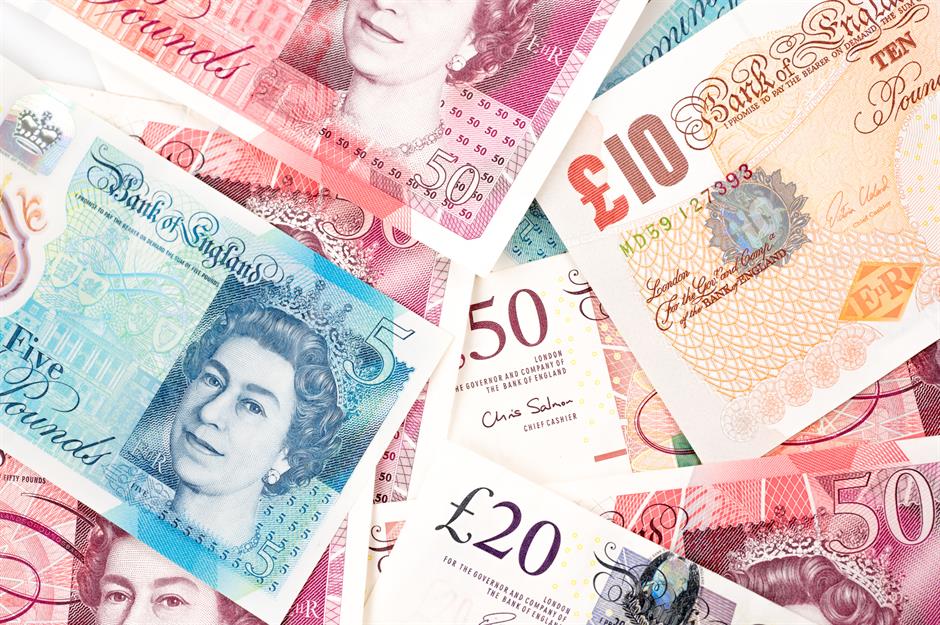
The Queen used the revenue she received from the Sovereign Grant, the Duchy of Lancaster, and her private investments to cover the costs of the monarchy.
These costs have been estimated at around £300 million ($347m) a year. To power its top 10 residences, the crown's annual energy bills are reportedly £2.5 million ($2.9m), with Buckingham Palace topping the list at £1.1 million ($1.3m).
Total assets
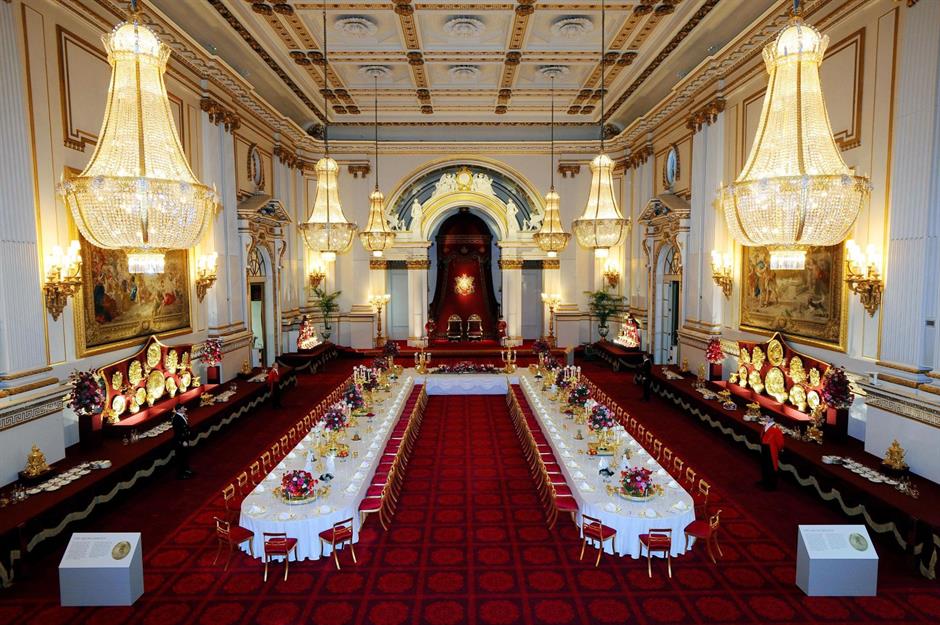
So, just how rich was Queen Elizabeth II? Bloomberg estimated that the Queen had assets worth around £20 billion ($23.1bn).
However, this figure includes royal residences, the Royal Collection and other things that she never actually "owned" in the conventional sense, in addition to her private assets.
Queen Elizabeth's net worth
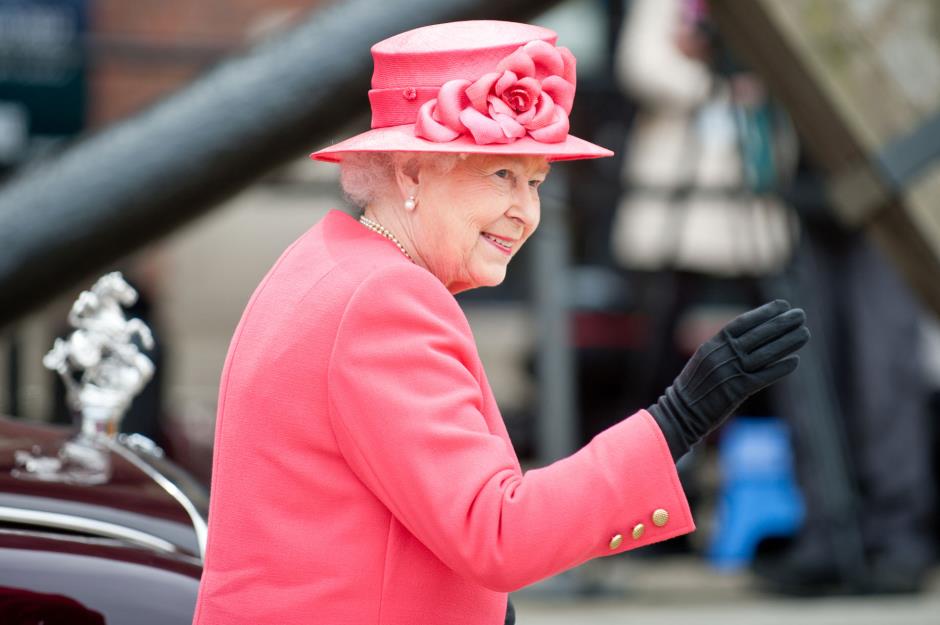
Experts can't seem to agree on a precise figure for Her Majesty's private wealth. According to the Sunday Times Rich List 2021, however, the late Queen had a net worth of £365 million ($422.3m).
So what will happen to her fortune now that she has passed away?
King Charles III
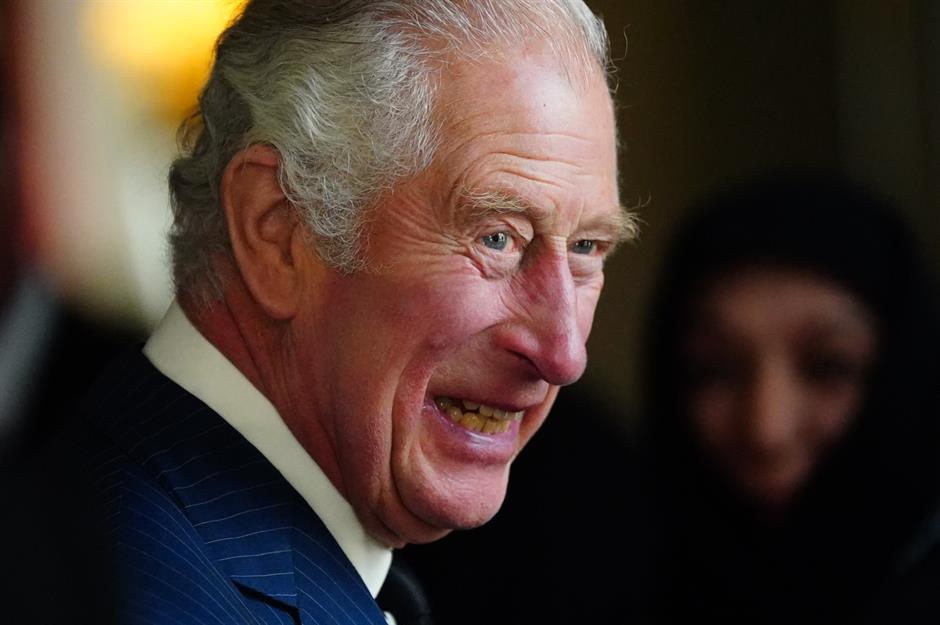
Not only has the newly ascended King Charles III inherited the throne as the Queen’s eldest son, but he has also inherited her vast private fortune. In the UK, most people pay a 40% inheritance tax on anything over £325,000 ($380.5k). Controversially, however, King Charles is exempt from the tax and will pay nothing due to a 1993 agreement between the Crown and the British government.
It’s unknown exactly how much of the Queen's private wealth King Charles will inherit because monarchs’ wills are sealed after their death. However, it’s estimated he had a personal wealth of $100 million (£85.4k) before taking the throne, and his newly inherited fortune will undoubtedly bolster his net worth by hundreds of millions.
The Crown Estate and Royal Collection
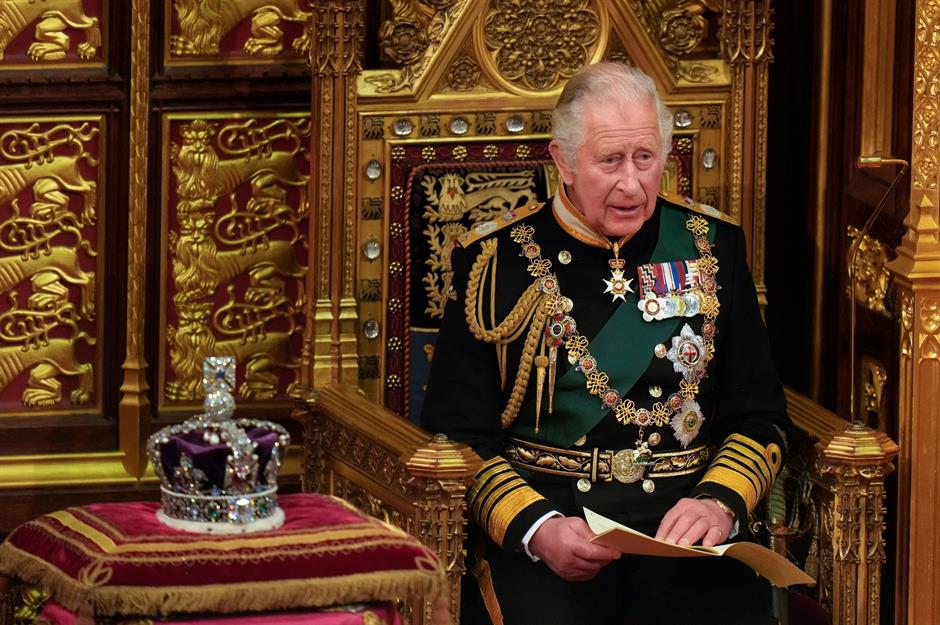
King Charles won't directly inherit royal wealth such as the sprawling Crown Estate property portfolio and the Royal Collection of art and jewellery, which includes the lucrative Crown Jewels. Neither will he directly inherit official residences or the Royal Archives.
These are held by the monarchy as an institution but will pass to Charles in a trust.
Duchy of Lancaster estate
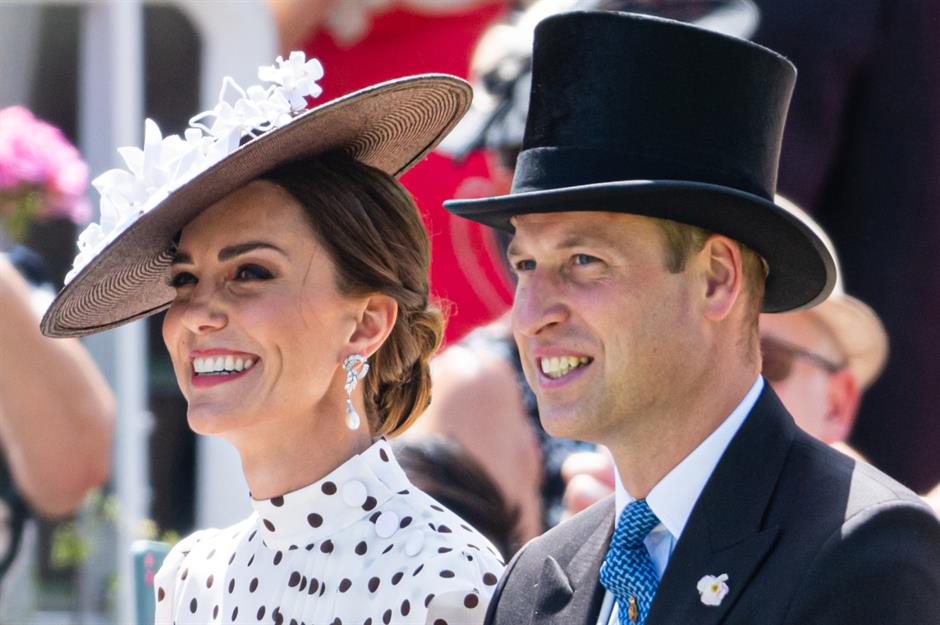
King Charles will inherit the Queen’s private Duchy of Lancaster estate, consisting of land, property and other sovereign assets. Like the Queen, he'll be entitled to all its profits and will be under no legal obligation to pay income tax, capital gains tax or inheritance tax.
However, as King, Charles will lose the Duchy of Cornwall private estate, which funds the public, charitable, and private activities of the Prince of Wales and his family. This will be passed on to Prince William and his wife, Kate Middleton, who have been named the new Prince and Princess of Wales by King Charles.
Portfolio of palaces
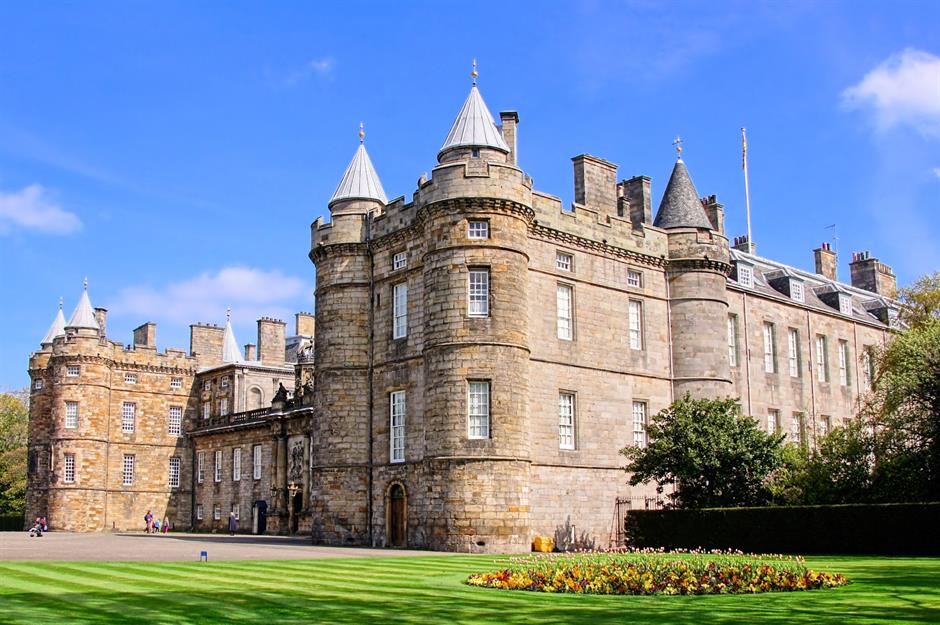
Royal residences like Holyroodhouse (pictured), Windsor Castle and Buckingham Palace are occupied by the monarch and are held in a trust by the Crown Estate for future generations of rulers.
Other residences, such as Balmoral Castle and Sandringham Estate, were owned privately by the Queen. It's still unclear which senior royal family members will inherit these lucrative properties.
Sovereign Grant
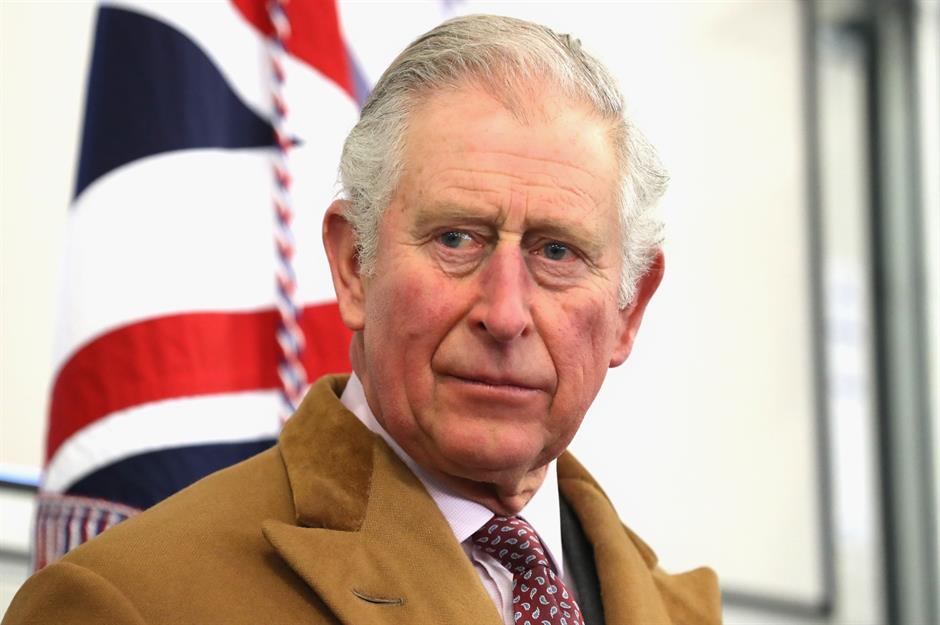
King Charles III will now be the recipient of the annual Sovereign Grant from the UK Treasury.
The Sovereign Grant will cover the cost of official engagements for the monarch and other senior working royals, and will pay staff working for the royal family and maintaining the palaces.
Now discover the world's wealthiest royal families, ranked
Comments
Be the first to comment
Do you want to comment on this article? You need to be signed in for this feature